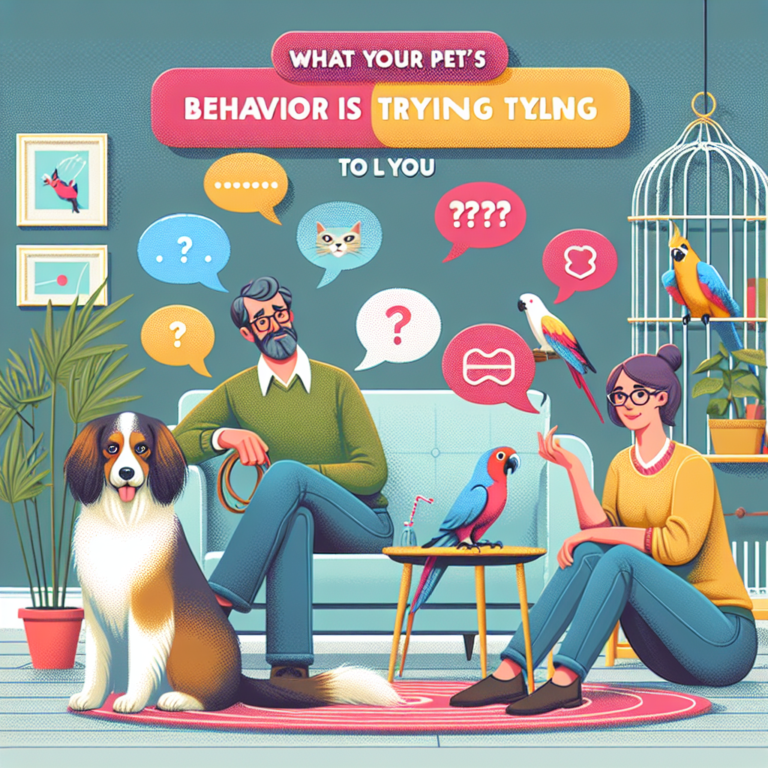Our pets are always communicating with us, even if they can’t speak our language. From their body language to their vocalizations, our furry friends are constantly trying to tell us something. Understanding what your pet’s behavior is trying to communicate can help strengthen your bond and ensure their well-being.
One common behavior that pets exhibit is wagging their tails. While many people believe that a wagging tail means a dog is happy, it’s important to pay attention to the context in which the wagging is happening. A fast, broad wag usually indicates excitement or happiness, while a slow, stiff wag can signal agitation or even aggression. If your dog’s tail is tucked between their legs, it may indicate fear or anxiety.
Cats, on the other hand, communicate through their body language in more subtle ways. A cat that is purring and rubbing against you is likely showing affection and seeking attention. However, a cat that is hissing, growling, or flattening its ears may be feeling threatened or defensive. It’s important to give your cat space and not force interactions when they are displaying these behaviors.
Another behavior that pet owners should pay close attention to is vocalizations. Dogs and cats have different types of vocalizations that can convey different messages. A dog that is barking excitedly may be trying to get your attention or communicate their happiness, while a dog that is barking persistently or in a high-pitched tone may be feeling anxious or stressed. Cats, on the other hand, may meow to show their desire for food, attention, or to alert you to something they perceive as a threat.
It’s also important to observe your pet’s eating and drinking habits, as changes in appetite or water consumption can be a sign of underlying health issues. If your pet suddenly loses interest in food or water, it could be a sign of illness or dental problems. On the other hand, excessive thirst or begging for food could indicate diabetes or other health conditions that require veterinary attention.
In conclusion, our pets are constantly communicating with us through their behavior. By paying close attention to their body language, vocalizations, and eating habits, we can better understand what they are trying to tell us. Building a strong bond with our pets involves being attuned to their needs and emotions, and responding accordingly. By listening to our furry friends, we can ensure their well-being and strengthen our relationship with them.
